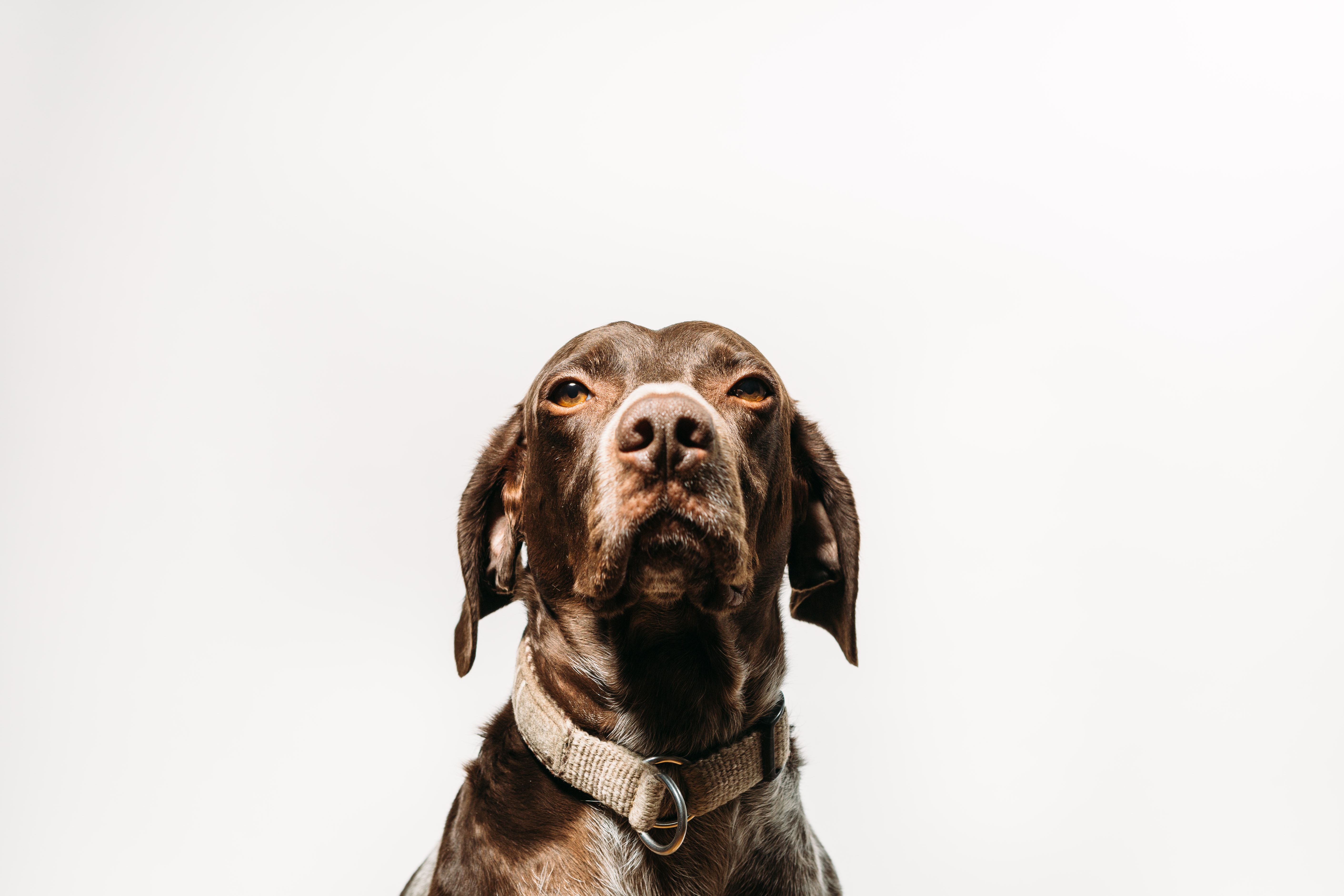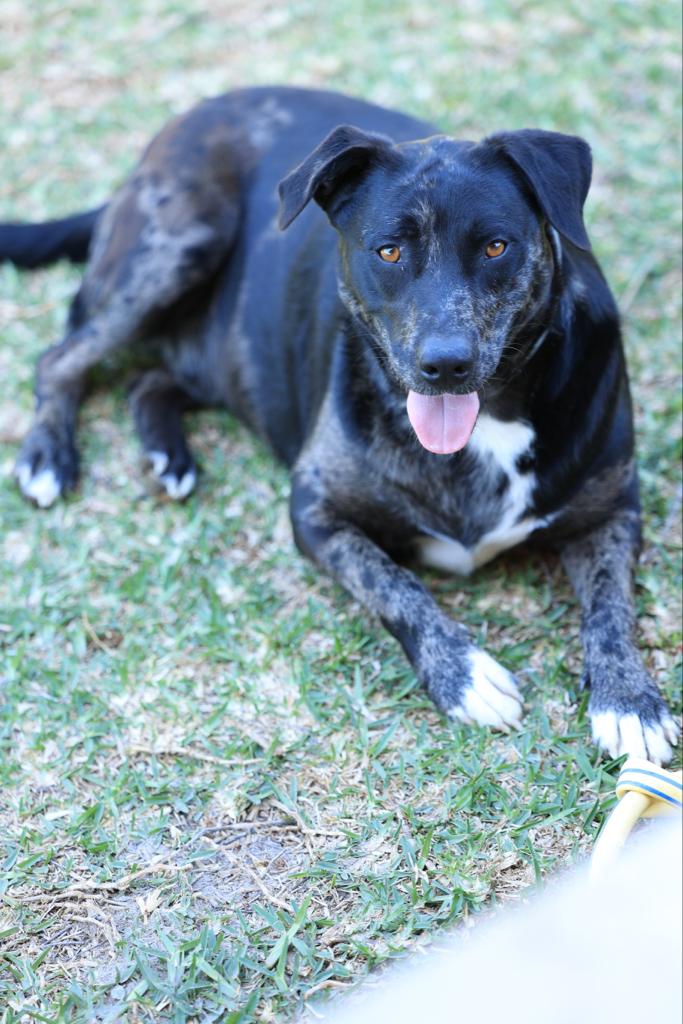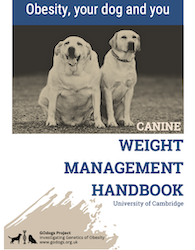In this section:
We recommend special weight management food. Why?
We could reduce calories by giving less of a regular dog food, but we usually advise a specialist weight management food because they have special properties that can aid weight loss:
-
They are balanced to ensure that even on a reduced-calorie diet, dogs get the essential nutrients, vitamins, and minerals they need for health.
-
They have been shown to encourage the loss of (unhealthy) fat mass but not (healthy) muscle tissue.
-
They have been shown to make dogs feel more full (less hungry) for longer after eating. High fibre and protein promote feelings of satiety by several mechanisms.
-
Clinical trials have shown that weight loss is faster and more dogs reach their target weight if they are fed specialist diets.
-
Specialised diets also have a role to play in maintaining dogs’ target weight in the medium-long term after reaching their target weight.
-
Non-prescription foods often purport to be “light” or an equivalent to weight management food, however, they might not contain the right combination of high protein and high fibre that has been proven to be useful for weight loss.
When you have chosen a diet, we will calculate how much you should feed. Your job is to stick to it.
Getting the basics right—accurate feeding
Measure the food accurately, ideally using a scale. Measuring cups and scoops are notoriously inaccurate and can lead to dogs getting much more than their recommended allowance. Some people find it easiest to weigh out meals for 1-2 weeks in batches, storing portions in plastic bags.
If your dog is a scavenger, stop them getting illicit food.
- Can you keep them on a lead in high risk areas (like the bin by the fast food restaurant)?
- Can you avoid walks in areas with lots of discarded human food?
- Could they wear a muzzle when off lead to stop them eating things they find?
We don’t recommend keeping dogs on leads to avoid scavenging because exercise is an important part of weight loss.
Avoid extras, or take from the daily calorie allowance. There is more on treats on the following pages.
|
Restricting food kindly
Some dogs experience hunger more acutely than others (see the GOdogs website for more about the retriever POMC mutation). Even without that mutation, many highly food-motivated dogs seem to think about food all day long and the calorie restriction that is necessary for weight loss really does make hunger worse. We think dogs on a diet should be managed to minimize their hunger:
Feed for Fullness. Some diets generate a greater feeling of fullness (satiety) for longer after a meal—commercially prepared ¨diet foods¨ have been shown to do this successfully. Using a satiety-promoting diet is simple and we recommend it.
Provide an Outlet for Food-seeking Behaviour. Food-obsessed dogs can be kept entertained during food restriction using puzzle toys, offering food stuffed into toys, or more complex dog toys that get them to ‘work’ for food. You can even feed their entire diet like this.
Distract your dog from thoughts of food. We know pets have to fit in with busy human lives. But think creatively about how you can keep your dog busy so her thoughts don’t turn to food. When you are out of the house, what is your dog doing? Can you increase their activity and interest levels by providing toys, puzzle feeders or even a dog flap? There are lots of useful ideas out there on the internet to inspire you.
Make your relationship with your dog about play, not food. In our busy lives, it’s often easiest to fob off an attention-seeking dog with a tasty treat. Food-obsessed dogs will always be food-obsessed, but avoid reinforcing that. Remember that dogs can often be satisfied with a fuss or a game as with a biscuit. Try it next time your dog comes ‘begging’.
Getting your dog to work for food can be a good way to provide an outlet for food-seeking behaviour.
Our owners say:
|
“We stuff a Kong with wet food (canned meat or soaked biscuits) and freeze it. Then we get one out at every meal time—it keeps her entertained for hours” “I don’t feed him in a bowl any more —we just scatter the food around the garden and he spends all day looking for it.” |
There are lots of inexpensive puzzle toys out there, and you could also try one of the electronic gadgets like the ‘Clever Pet Hub’ we’ve used in our research.
Working’ for food also increases activity so helps with weight loss.
All of those approaches must keep within the daily calorie budget. It means you need some upfront effort to measure how much of the ration is being fed outside normal meal times.




